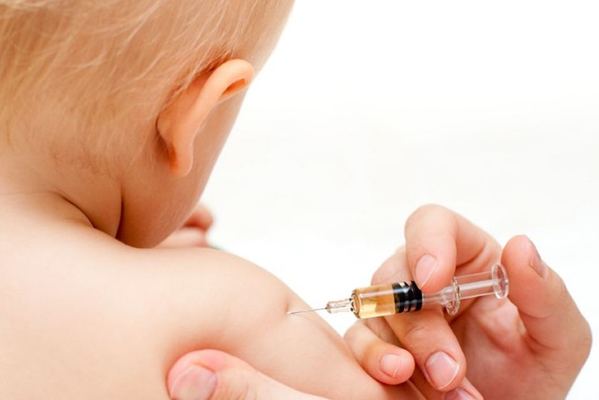Geelong child immunisation rates have beaten state and national averages, according to data council released this week.
Western Victoria Primary Health Network chief executive officer Leanne Beagley on Tuesday welcomed the “remarkable outcome”.
“This is a great success story and one where organisations have worked together to achieve this outstanding result,” she said.
Immunisation rates for greater Geelong were higher than Victorian and Australian averages for two-year-old (93 per cent) and five-year-old children (98 per cent).
Vaccination for 12 to 15-month-old children (95 per cent) equalled the state average and was higher than the national average.
The health network, which represents Geelong GPs, worked with general practices, council and providers like Barwon Health to achieve the “excellent” result, Dr Beagley said.
Every Aboriginal child in greater Geelong, aged 12 to 15 months and five years old, received immunisations, while 96 per cent of Indigenous two-year-old children received immunisations.
Indigenous immunisation rates were well above state and national averages in the three age groups.
“The rates of immunisation of pre-school children in the Aboriginal community are especially pleasing,” Dr Beagley said.
Aboriginal Community Controlled Organisation helped to achieve the result, she added.
Council’s immunisation program, run through Barwon Health, includes free immunisations for children and other eligible residents listed on the National Immunisation Program.
In 2017, Barwon Health immunised more than 23,000 people, protecting children against diseases including diptheria, hepatitis B, influenza, measles, mumps, rubella, meningococcal, whooping cough, polio, tetanus and chickenpox.
Geelong children receive vaccinations from age six, and in years 7 and 10 in school immunisation programs.
When enough people are vaccinated against a disease, ‘herd immunity’ prevents it from spreading to unvaccinated people, according to the Australian Department of Health.
For example, measles is highly infectious, so it needs a coverage rate of 92 to 94 per cent to achieve herd immunity.
Herd immunity protects children too young for vaccination and people unable to be vaccinated for medical reasons.
Geelong Mayor Bruce Harwood congratulated local parents on the result.
“It’s very pleasing to see Greater Geelong parents taking the lead and helping our region exceed Victorian and national immunisation rates,” he said.
“Immunising children is one of the most effective ways we can help stop preventable diseases and is essential to ensuring we have a healthier community.”
Council offers its immunisation program at venues across Greater Geelong, including Ocean Grove, Newcomb, Newtown, Corio and Belmont.
For more information visit www.geelongaustralia.com.au/immunisation







